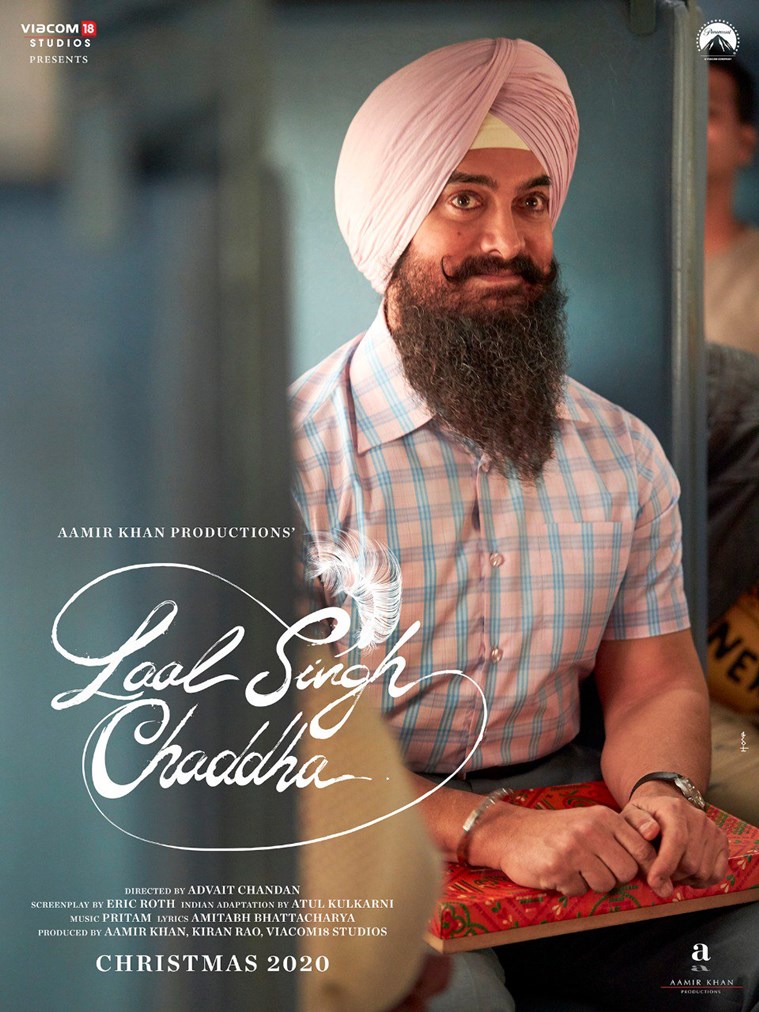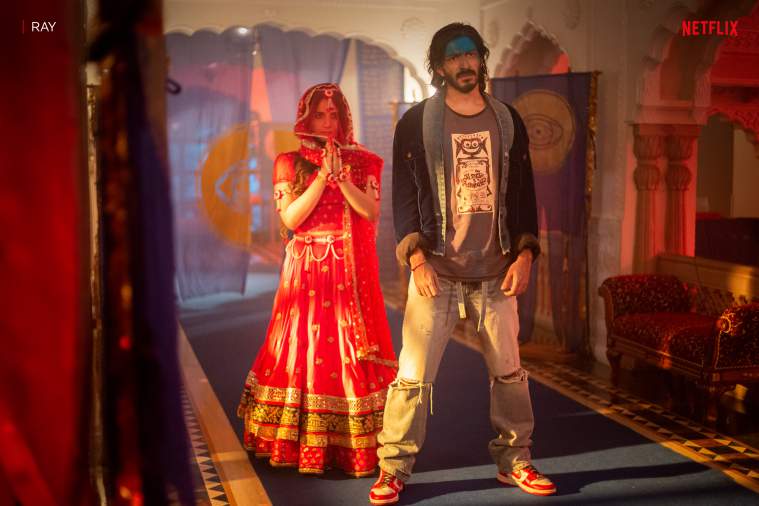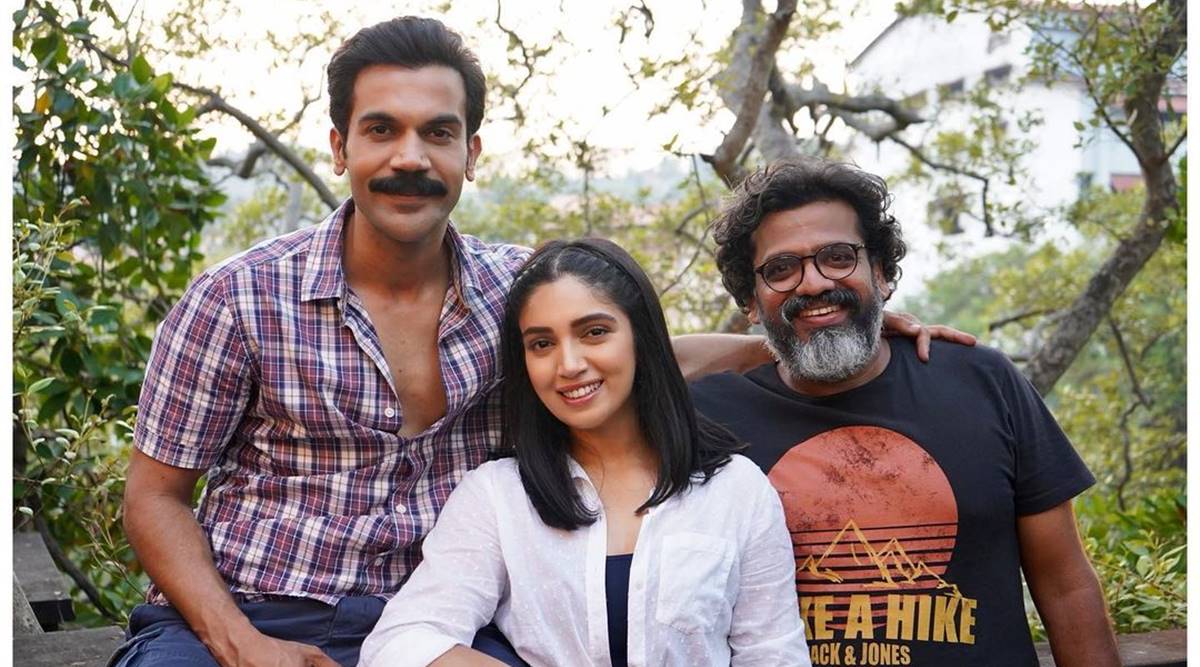‘Content creators need to look for universal stories that can travel beyond big city multiplexes’: Ajit Andhare
After months of uncertainties, the Indian entertainment industry is embracing a flurry of action. Theatre release dates of several movies have been announced; studios have meticulously chalked out their 2021 plan; and streaming platforms too have hinted at a packed calendar. All the efforts made towards the industry’s return to normalcy and boosting its business, might end up, believes Ajit Andhare, COO, Viacom18 Studios, making the year 2021 the ‘year of content’.
While the culture of cinema is deep-rooted in India, the pandemic has necessitated some steps before the theatres can host a packed audience. For the business to pick up, Andhare suggests drawing the audience in small centres back to theatres. “Producers and content creators need to look for universal stories that can travel beyond the big city multiplexes. Content needs to be designed for the consumption of audiences in Tier-II and-III cities as well as to reinvigorate the theatrical business. With big-budget films across languages in the pipeline, 2021 could be a good start for the industry,” says Andhare.
 The making of Aamir Khan-starrer Laal Singh Chaddha, produced by Viacom18 Studios suffered delays due to the pandemic
The making of Aamir Khan-starrer Laal Singh Chaddha, produced by Viacom18 Studios suffered delays due to the pandemic
Running the theatres in full occupancy will be a major step towards the industry’s return to normalcy, believes Andhare. “This will facilitate the release of big-budget movies which have been in slumber since the pandemic struck. Theatres will once again become the first window for big-budget films,” he says. Several tent-pole releases such as Rohit Shetty-directed Sooryavanshi and Kabir Khan-directed ’83 had deferred their releases and they were waiting for the theatres to be fully operational. The making of Aamir Khan-starrer Laal Singh Chaddha, produced by Viacom18 Studios, also suffered delays due to the pandemic. Now, it is likely to release towards the end of this year.
While the audio-visual experience that a theatre provides remains unmatched, in recent months video streaming platforms have come to dominate the entertainment business. Some of the much-anticipated releases, such as Gulabo Sitabo, Shakuntala Devi and Ludo opted for a digital release. There were also web-shows such as Paatal Lok, Mirzapur 2 and Scam 1992 that became big successes. This helped the streaming platforms in expanding their subscription base considerably. Andhare, however, believes, video streaming platforms “offer convenience, not experience”. The increase in the number of films releasing on digital platforms is “a mere response to the current situation”. “It isn’t like everybody has abandoned the traditional theatrical release,” says Andhare.
After being battered by the pandemic, the primary concern of any industry right now is to rebuild the capacity. “For us, capacity means producing films. We have been very focussed on developing new series and shows,” he says. Netflix has recently announced its release plan for Ray, produced by Viacom18 Studio’s Tipping Point. The series throws the spotlight on Satyajit Ray, the author, and will feature four stories written by him. Also, on Netflix India’s 2021 slate are the second season of web-shows She and Jamtara – Sabka Number Ayega – both produced by Tipping Point.
 A still from the movie Ray.
A still from the movie Ray.
Keeping up with the times, there have been certain changes in the work culture. In a lot of cases, the process of casting has moved online. So has the process of developing a project. Additional expenses have been included in the budget due to the Covid guidelines for production. “With all these restrictions and rules, production has become more tedious and expensive. The good news is that the development of a lot of content has taken place during this period. Now, they have to be converted into series and movies,” says Andhare.

